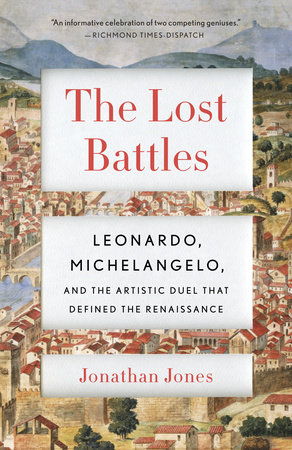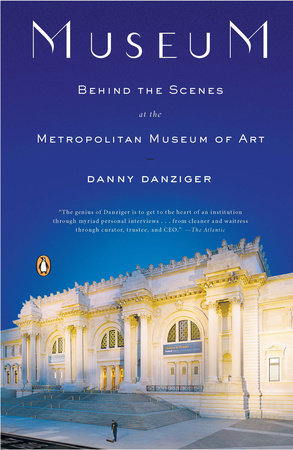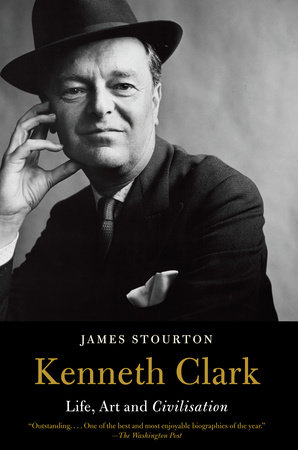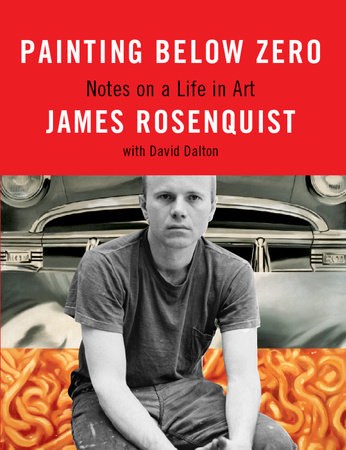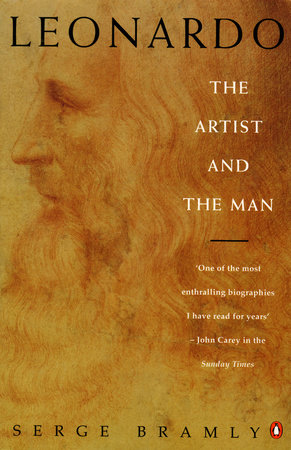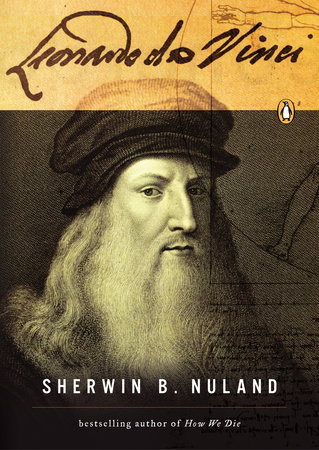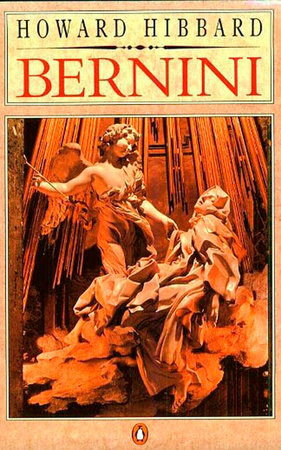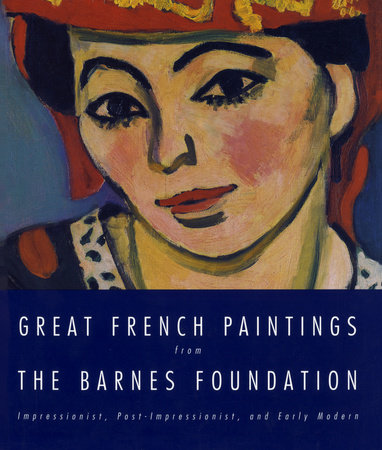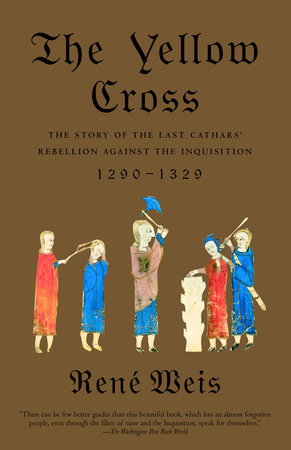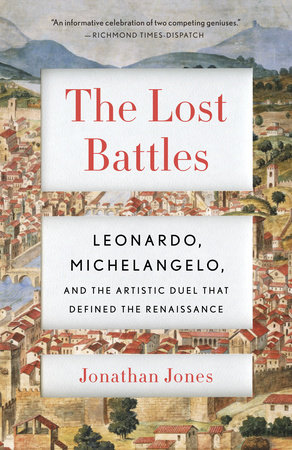Author Q&A
Q: Leonardo and Michelangelo were both highly celebrated artists in Florence when they were commissioned to paint the two frescos you write about. How could their work become “lost”?
A: In 1503 the city state of Florence commissioned Leonardo da Vinci to paint The Battle of Anghiari in its new Great Council Hall. He was in his early fifties and had already painted The Last Supper in Milan. This was to be his home city’s answer to The Last Supper—a permanent memorial to his genius. But in 1504, with Leonardo enjoying a state salary yet still nowhere near starting to paint in the Hall, his young rival Michelangelo was asked to paint The Battle of Cascina, another victory, in the same room. A competition was born. It was called by an eyewitness “the school of the world” but both the full-size drawings the artists finished have vanished. So has Leonardo’s unfinished wall painting. (Michelangelo never transferred his design to the wall.) Even allowing for the artists’ own egos and the demands on them—Michelangelo was called to serve the Pope—why have these works been so comprehensively effaced?
To understand this story we need to get into the mind of Florence in the 1500s. This was a city that loved art but it was also a city obsessed with politics. The battle paintings of Michelangelo and Leonardo were commissioned for political reasons—and “lost” for political reasons. Everyone knows the Florentine Renaissance was bankrolled by the Medici family—but it was not that simple. Florence was a republic, a city governed by its own citizens. The Medici family dominated it unofficially in the fifteenth century, as “first among equals.” In 1492, that influence broke and a revolution kicked out the Medici. The new radical republic commissioned the pictures I call “the lost battles.” When the Medici reconquered the city and eventually anointed themselves Grand Dukes of Tuscany, everything that remained of these works of art vanished. This was no coincidence. The lost battles are lost because their republican associations did not fit the Medici legend of a Renaissance bankrolled by one family.
Q: You write that competition was at the heart of Renaissance art. Have any modern periods of artistic achievement embodied that same spirit?
A: Competition was set in the genes, so to speak, of western art by the great rivals of the Renaissance. At the birth of modernism a century ago, Picasso and Matisse constantly checked what the other was doing and tried to outdo it. Their relationship was quite similar to that of Leonardo and Michelangelo—Picasso and his friends threw darts at a painting by Matisse of his daughter that Matisse had given Picasso as a gift.
Artistic competition is very much alive today. To speak from my own patch, British art revolves around the Turner Prize that pitches artists like Damien Hirst and Anish Kapoor against one another. This controversial prize may not have spawned any new Leonardos but it has given British art a lot of ambition. I was a judge of the Turner Prize while I worked on The Lost Battles. I found it fascinating to compare the competitive spirit in different times and places.
Q: The Lost Battles provides exquisite detail about the city of Florence. How much time did you spend in the city during your research?
A: I first visited Florence as a child with my parents and it is the place where I fell in love with art. But after becoming an art critic for a newspaper and being lucky enough to travel around seeing art all over the world—including New York, where the Museum of Modern Art and the Metropolitan Museum have taught me so much—I had not been back to Florence for many years. Then I got interested in the story of how Leonardo da Vinci and Michelangelo once had a competition to decide who was the greatest artist of their day. I was commissioned to write a newspaper article on it. A flying visit my wife and I made to Florence to research this was so exhilarating that I fell in love a second time with my favourite city. Writing a book was the perfect chance to know it better. So I travelled to Florence as often as possible over a period of several years, ranging from long stays to day trips (you can just about do Florence as a day trip from London). It is a place of inexhaustible beauty and fascination.
Q: You’ve crafted fascinating portraits of Leonardo and Michelangelo’s personalities (including descriptions of Leonardo’s colorful wardrobe). Did you find yourself “rooting” for one artist or the other?
A: I started out rooting for Leonardo because he has always struck me as an enigmatic and dazzling thinker as well as artist. As I got deeper into the research—and, on one of my visits to Florence, explored its forgotten fortifications where Michelangelo held off a besieging army in 1529—I started to prefer Michelangelo. He leaps out of his poems, letters, and 16th-century biographies as a man of deep principle and great courage. I think it was his brave and daring personality that made his contemporaries prefer him to the mysterious Leonardo. But, when I finally started to believe I was getting “under the skin” of Leonardo, so to speak, my sympathies reversed again: I love his freedom of mind and determination to follow his creative impulses. What other famous artist tried to make a flying machine when he was meant to be finishing a great public commission?
Q: What did Leonardo and Michelangelo’s works say about the nature of war?
A: Leonardo and Michelangelo took opposite views of war in their battle pictures. Michelangelo, a young man who had never been near a battle, believed strongly in the Florentine Republic and thought citizens should fight for their city state. He created a homage to the heroism of volunteer militiamen. Like his statue of David, his picture The Battle of Cascina celebrated youth and courage and looking your enemy in the eye.
By contrast Leonardo da Vinci had worked as a military engineer and knew mercenary soldiers up close. His work The Battle of Anghiari was a hellish vision of war as a savage, futile outburst of rage. Leonardo portrayed horses biting each other as their riders hacked with swords. In his notebooks he says the first weapons were “nails and teeth”. In this picture, he showed how the evolution of weapons enhances but cannot change the primitive nature of battle as an intimate, cannibalistic confrontation between frenzied warriors pumped full of adrenaline and testosterone. Meanwhile at the same time he was painting the Mona Lisa—the smiling face of maternal love. Leonardo saw war as a male pathology.
Q: You write that Leonardo’s Mona Lisa was famous almost from the beginning. What set this work apart?
A: Leonardo wanted it to be famous: the Mona Lisa was his advert for himself. He came back to Florence in the early 1500s after a long absence as court artist to the ruler of Milan. One of the works he had left in Florence was his portrait of Ginevra de’ Benci, done in the 1470s when he was in his twenties (today it hangs in the National Gallery of Art, Washington DC). Leonardo set out to do a portrait that showed how far he had come since painting Ginevra. This time, in 1503, he sketched out a portrait of Lisa del Giocondo, the wife of a Florentime silk merchant. People could compare the woman and the portrait—this was a small city where people knew one another face to face—and they were amazed by how lifelike the portrait was. Women especially had never been seen with such intimacy and rich character by an artist. All the modern fascinations—what’s she smiling about?—of this painting add to a fame that originally rested on its sheer similarity to a living person.
Q: When Michelangelo’s David was first displayed, it appeared differently than we now know it, in part because of Leonardo. Can you describe what was added to the statue and why?
A: The statue was given a brass thong to cover up its groin. This decision was made by the Florentine Republic after Leonardo da Vinci said it needed “decent ornament”—that is, ornament to mute its profane display of nudity!
Q: Machiavelli also makes an appearance in this story. What was his relation to the two artists and what role did he play in the city of Florence at this time?
A: Machiavelli is infamous as the supposedly sinister author of The Prince, a book that appears to advise tyrants on how to fool and cheat their subjects. But in life he was a conscientious and idealistic civil servant devoted to the interests of the Republic of Florence. He was Second Chancellor of the Republic and Secretary of its war committee at the time when Florence commissioned Leonardo to paint The Battle of Anghiari. He was directly involved in the competition between Michelangelo and Leonardo—this is clear as his signature is on Leonardo’s surviving contract for his battle painting. Machiavelli’s belief that a republic needs its young men to fight for it in a citizen militia is illustrated by Michelangelo’s work The Battle of Cascina. Letters suggest that he and Michelangelo got to know one another during the contest. So although there is evidence that Machiavelli talked ideas with Leonardo, it was the pro-war art of Michelangelo that he most influenced. It was Michelangelo who was praised by the Republic as the best of the two—this is no coincidence. He was Machiavelli’s man.
Q: Recent explorations at the Palazzo Vecchio have revealed what some experts believe is evidence of Leonardo’s lost fresco. What can you tell us about this discovery?
A: It is tremendously exciting. A cavity in the wall has been identified behind one of the visible frescoes in the room, which are by Giorgio Vasari and his assistants. Vasari was court artist to Cosimo I de’ Medici, Grand Duke of Tuscany, and a talented architect. In the mid-16th century he remade this room, raising its ceiling, giving it new frescoes. What happened to the unfinished wall painting by Leonardo da Vinci that was apparently still here? Vasari was also the author of The Lives of the Artists, first published in 1550, the captivating narrative of Renaissance art whose most fascinating figure is Leonardo. How could Vasari, who calls Leonardo “celestial” in this book, simply destroy one of his finest works? Perhaps he preserved it under one of his own paintings. If so there would presumably be a cavity like the one that has been found. But the discovery goes further. There are traces of pigment on the hidden wall within it. What painting could be on that wall? The Battle of Anghiari has to be a very strong candidate indeed.
